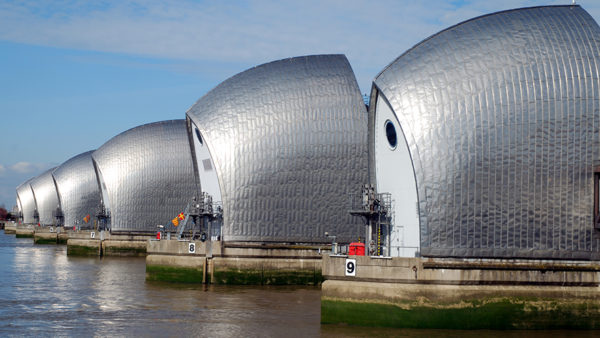The government is to publish guidance and standards setting out what digital requirements will be needed to establish a golden thread of information as it set out a raft of measures yesterday to improve fire safety in buildings.
The guidance, confirming that information will need to be stored digitally, will include specifications regarding the sharing and access of information so that it is easily accessible to relevant people throughout design and construction.
The government made this pledge in its response published yesterday to its consultation of last June and set out a whole new system of fire safety regulation.
This latest paper will pave the way for a new Bill to be presented before Parliament. Secretary of state Robert Jenrick said in this latest document that it will widen the scope of buildings to include “all multi-occupied residential buildings of 18 metres or more in height, or more than six storeys (whichever is reached first); and be extended further, prior to the Bill being introduced in Parliament, to take into account any findings from the government’s research and evidence gathering on fire safety risk prioritisation”.
The document, A reformed building safety regulatory system, says that duty-holders will be responsible for creating and maintaining the golden thread of building information related to fire and structural safety.
The golden thread will be held digitally to ensure that the original design intent and any subsequent changes to the building are captured, preserved and used to support safety improvements. Though detailed requirements are yet to be spelt out, cost estimates set out in an accompanying document have been revised down and would indicate that government is asking for very basic requirements to be met – so-called Level 1 BIM, which would not require any sophisticated software, but inputting data in a standard format.
It estimated the revised cost for complying with the new digital golden thread to be between £25m and £46m as opposed to up to £80m which it had calculated previously.
At the handover stage between Gateway three and occupation, key information (the golden thread) will have to be handed over from the Client to the Accountable Person – both will need to confirm that this has happened. The Accountable Person will continue to be responsible for the golden thread and ensuring the information remains accurate and up to date.
The impact assessment published by the government said this extension was likely to mean the regime would increase the cost to industry of meeting the regulation by about 10% above that previously envisaged. It said the total cost of the proposed measures, gross of the benefits, is currently estimated to be between £266m-£530m per annum (with a central estimate of £391m).
Jenrick also said the ministry will in May ensure the installation of sprinklers on all residential buildings above 11m in height via an amendment to Approved Document B, the Building Regulations guidance which covers fire safety. This amendment will also call for improved and consistent signage in those buildings to help residents evacuate in the case of a fire.
Jenrick said the change represented the biggest change in building safety for a generation. He said: “This new regime will put residents’ safety at its heart, and follows the announcement of the unprecedented £1bn fund for removing unsafe cladding from high-rise buildings in the Budget.”
The government’s proposed new building safety regime will see the imposition of a three-stage “gateway review” process for all new projects, overseen by the new regulator, with clear legal duties to comply with regulations placed on clients, designers and contractors.
Building a Safer Future
In June 2019, the government published, and extensively promoted, the Building a Safer Future consultation detailing proposals to achieve this long-term reform. In total 871 responses were received from a range of stakeholders including residents’ groups and representatives from the fire safety and built environment sector.
Across the proposed reforms, respondents were generally supportive of the principles of the new regulatory system. Feedback through this consultation and continued engagement with stakeholders has informed development of these proposals. The government will legislate for these reforms in new primary legislation through the Building Safety Bill and further secondary legislation where necessary.
Image: Grenfell Tower/Carcharoth/Wikimediacommons











